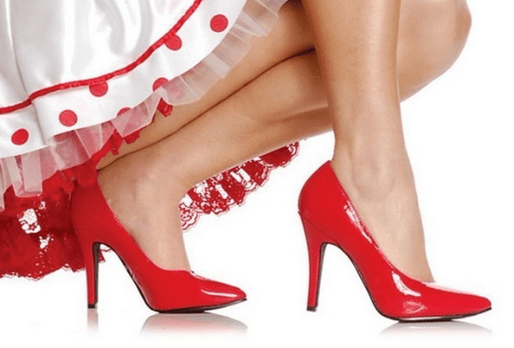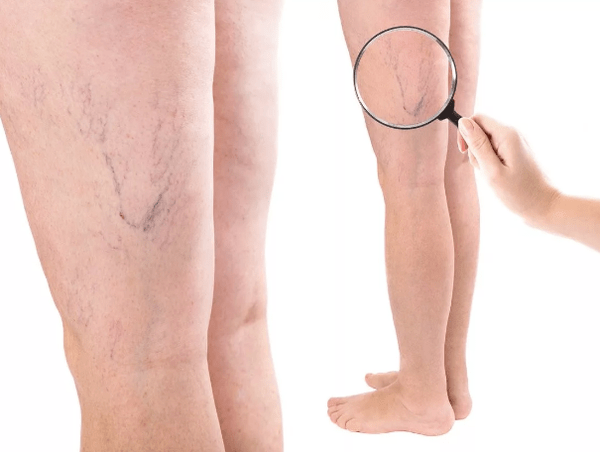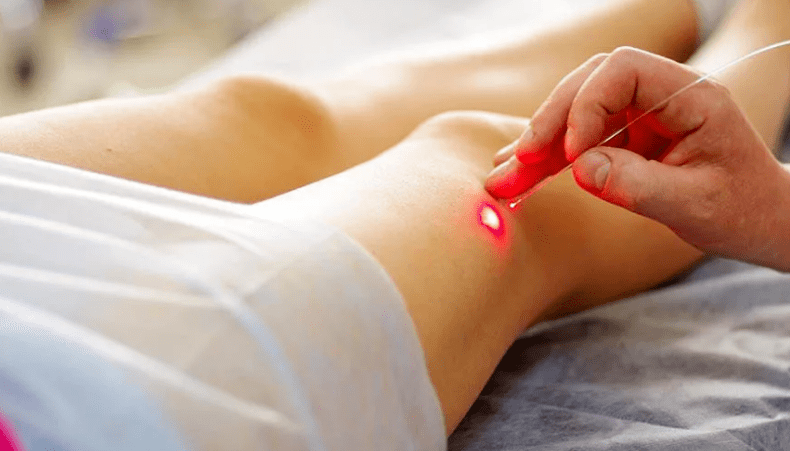Many consider varicose veins as a cosmetic problem, because you can live with it for many years without trying any deterioration. . . This opinion is erroneous and sometimes dangerous. Why should varicose veins be treated and how to do it correctly?

Why is varicose disease dangerous?
For many varicose veins, these are simply ugly, protruding on the surface of the vein on the legs. In the meantime, if this disease is ignored, it can lead to serious consequences and even disabilities. According to researchers, from 10 to 30% of varicose veins they end up in disability.
But there is, as they say and "good news". In the initial phase, the varicose veins are easy to treat and, if subsequently, observed regularly by the doctor and suffer preventive exams, it is possible to avoid recurrence. And for many years to maintain both beauty and the health of the legs.
What are you choosing? The answer is obvious. . .
What is varicose veins?
Varicose veins are vene diseases, no other vase is subject to her. It occurs if the prerequisites are created for an excessive elongation of the venous walls. For example, standing or sitting at work, long static legs, including sports, excess, hereditary predisposition and others. Since blood through the veins of the legs flows, overcoming the strength of gravity, the work of the muscles of the lower limbs is necessary for the normal blood flow. They are the contractors, they play the role of a sort of pump. If we sit or support all day, the muscles do not contract and the movement of the blood slows down. This leads to the formation of venous stagnation.
An important role in the formation of varicose veins of the lower ends is played by the condition of the valves. These are special "shutters" found inside the vein and prevent the opposite flow of blood from top to bottom. If the valves are closed freely, the correct movement of the blood is disturbed. Consequently, the walls of the vein extend even more, increases the risk of developing inflammatory diseases of the veins.

What will happen if the varicose veins are not treated?
"If you do not take the varicose veins, the legs will become bad and hurt from time to time", - such an incorrect opinion can often be listened to by those who either non -varicose veins, or is expressed in a very weak way. While. . .
As experts see, if you do not see convincing blue veins at the foot, this does not mean that they do not have varicose veins. The vascular stars, the blue capillaries that appears on the skin can also indicate the presence of varicose veins of the lower limbs. And first the treatment begins, the more effective it will be.
The second important point: the degree of gravity of the veins for varicose veins does not always clearly indicate the stage of the disease. The congenital characteristics of the veins, such as the depth of the occurrence, the volume of the light, the thickness of the wall influence the speed with which they arise and to what extent the external manifestations of the disease arise. In any case, only the phlebologist can say on the degree of development of varicose veins after an ultrasound of the veins.
The lack of treatment for varicose veins threatens a series of unpleasant consequences.
- The disease progresses constantly. Varicosis does not pass by itself, therefore, without adequate therapy, the state of the veins will gradually worsen. And this means that pain, swelling, convulsions will increase. Gradually, these unpleasant symptoms will become constant.
- Thomboflebitis can develop. The stretching of the venous wall and the stagnation of the blood create the prerequisites for the formation of a thrombus - a blood clot in the lumen of the pot. The consequences of thrombophlebitis are well known: this is the complete closure of the vein lumen and the altered blood circulation, or the separation of the thrombus and the blocking of other vessels, up to the lung arteries.
- Another unpleasant complication of the varicose veins is an ulcer trophic. Any violation of the blood circulation sooner or later leads to a violation of the nutrition of the surrounding tissues. That's why a non -healing wound can form on the limbs affected by varicose veins. In the absence of treatment, the same trophic ulcers do not heal completely and in the end they can lead to the gangrene.
Do you still think if it is worth treating the varicose veins of the lower ends? Of course, it's worth it.
What should be done to treat varicose veins?
In order to effectively take care of varicose veins, it is necessary to take a few steps.
Step 1
Contact a specialized clinic. It is recommended to be treated the diseases of the veins by a phlebologist. Only these experts will take into account all the characteristics of the structure of the veins and offer optimal complete treatment. Mono methods do not always lead to getting rid of the disease.
Passage 2

Take a study on ultrasound. This is the "gold standard" of the diagnosis of veins, which is used all over the world. This is the only way to evaluate the true state of the blood vessels.
Step 3
Cross the recommended treatment in full. Doctors usually make up a complete program. For example, it may include laser treatment for the removal of large veins and sclerotherapy to remove smaller vessels. Do not neglect any of these procedures: it is overall that the complete removal of all interested veins is obtained and the risk of recurrence is significantly reduced.
Step 4
Follow all the recommendations of the doctors. During the treatment and during the following period you will be prescribed compression knitwear, which must be worn. Compression helps to establish a venous blood flow and also increases the effectiveness of therapeutic procedures.
Passage 5
Prevention regularly. A visit to a phlebologist every six months will help to avoid the relapse of varicose veins.
























